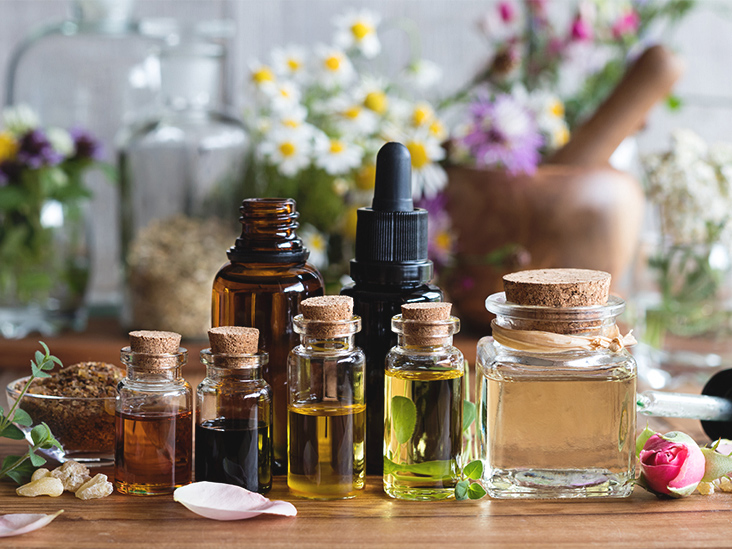What are Essential Oils?
Essential Oils are derived from plants and herbs and are found in nature. If you want to get technical.. an essential oil is a concentrated hydrophobic liquid containing volatile oils of the plant they were extracted from. Specific plants produce specific oils. These oils can be rare are sometimes referred to as ‘precious oils’ or the ‘oil of the plant’. This is called the ‘Essence’ of the plant. The rarer the plant, or the more difficult to process, the more expensive the oil.
Quality and purity levels are determined by the location, atmosphere, processing and the preservation of the plant.
Essential Oils have healing properties, are timeless and have around since the Bible days. Different cultures and nations around the world have used oils in various ways and have found uses that are most helpful to them… medicinally, cosmetically and domestically. In ancient times, it was considered the ‘art of the Apothecary’ to mix oils and find solutions to meet daily needs. Most communities have persons appointed to this. Today that person is the Perfumer or a medically-licensed Pharmacist. The mixing of oils do not require a license or certification (however, there are certifications available). The average person who finds that they are helped in some capacity by the use of essential oils has the freedom to purchase and mix their own oils, according to their own needs. The problems arise when they are pricey or difficult to find. But most importantly, the effectiveness of the oil is determined by the quality and purity of the oil.
It’s important to note that you need to process many plants to create one bottle of essential oil, and thus essential oils are very concentrated.
How are Essential Oils processed?
Steam Distillation
Steam Distillation is the most popular method to extract essential oils. During this process the botanicals are placed into a still and pressurized steam is forced through the plant material–imagine using a steaming basket on your stove. The hot steam forces open pockets aromatic compounds.
The amount of essential oil that each distillation yields is dependent upon the plant. Price is usually a reliable indicator of how much oil each crop yields. For example, it takes approximately 30 rose buds to produce a single drop of rose otto essential oil. 1 ml (approximately 30 drops) then, is sold for about $35 on the retail market. Lavender, on the other hand, yields approximately 4 liters of oil per ton of plant. A 5 ml (1/6 of an ounce) bottle of true lavender is found for about $10-$15.
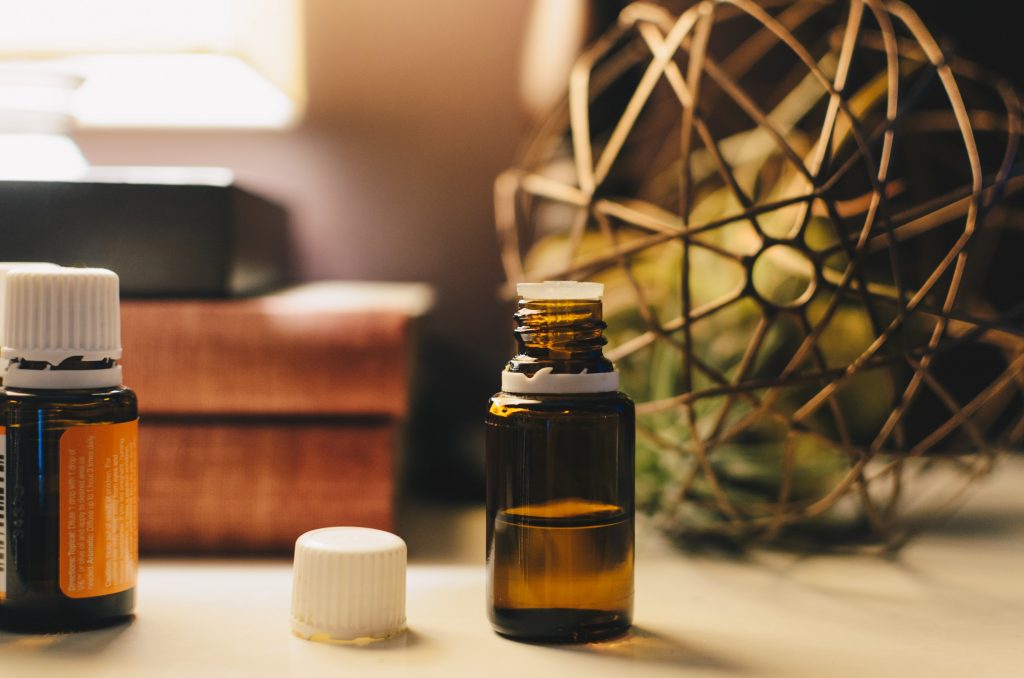
Carbon Dioxide Extraction
A relatively new method of extraction that is being employed is called carbon dioxide extraction, or CO2. This process utilizes the “supercritical” state of CO2, when it acts both as a gas and a liquid. The required equipment used for this method is quite expensive but yields a higher volume of essential oil, making more expensive oils such as frankincense and myrrh more widely available. CO2 extraction, which is cooler than steam distillation, is also gentle on the plant material and yields essential oils with exceptionally true aromas.
Cold Press Extraction
Most high quality citrus essential oils are obtained from a cold pressing of the rind or peel. This process is often called scarification. As in steam distillation, to insure high quality essential oils it is necessary to use only the finest plants available. The common use of chemical pesticides in industrial citrus farming makes using organic citrus essential oils especially important. Many citrus essential oils on the market are bulk essential oils of inferior quality made by steam distillation of the peels rather than scarification.
Absolutes
Another method used to extract essential oils from plants is by using solvents. These oils are called absolutes. Absolutes are commonly used to extract the essence from very delicate plant parts like flower petals. Common absolutes are Rose, Jasmine and Mimosa. These are used primarily for perfumery and blending, and because of the solvents used in extraction, are not considered to be a therapeutic grade.
(Simplers Botanicals 2012 – By Robin Lander, Clinical Herbalist & Aromatherapist)
How do I use Essential Oils?
Aromatherapy is the practice of using essential oils for therapeutic benefit. “Aromatherapy has been used for centuries,” says Gujral. “When inhaled, the scent molecules in essential oils travel from the olfactory nerves directly to the brain and especially impact the amygdala, the emotional center of the brain.”
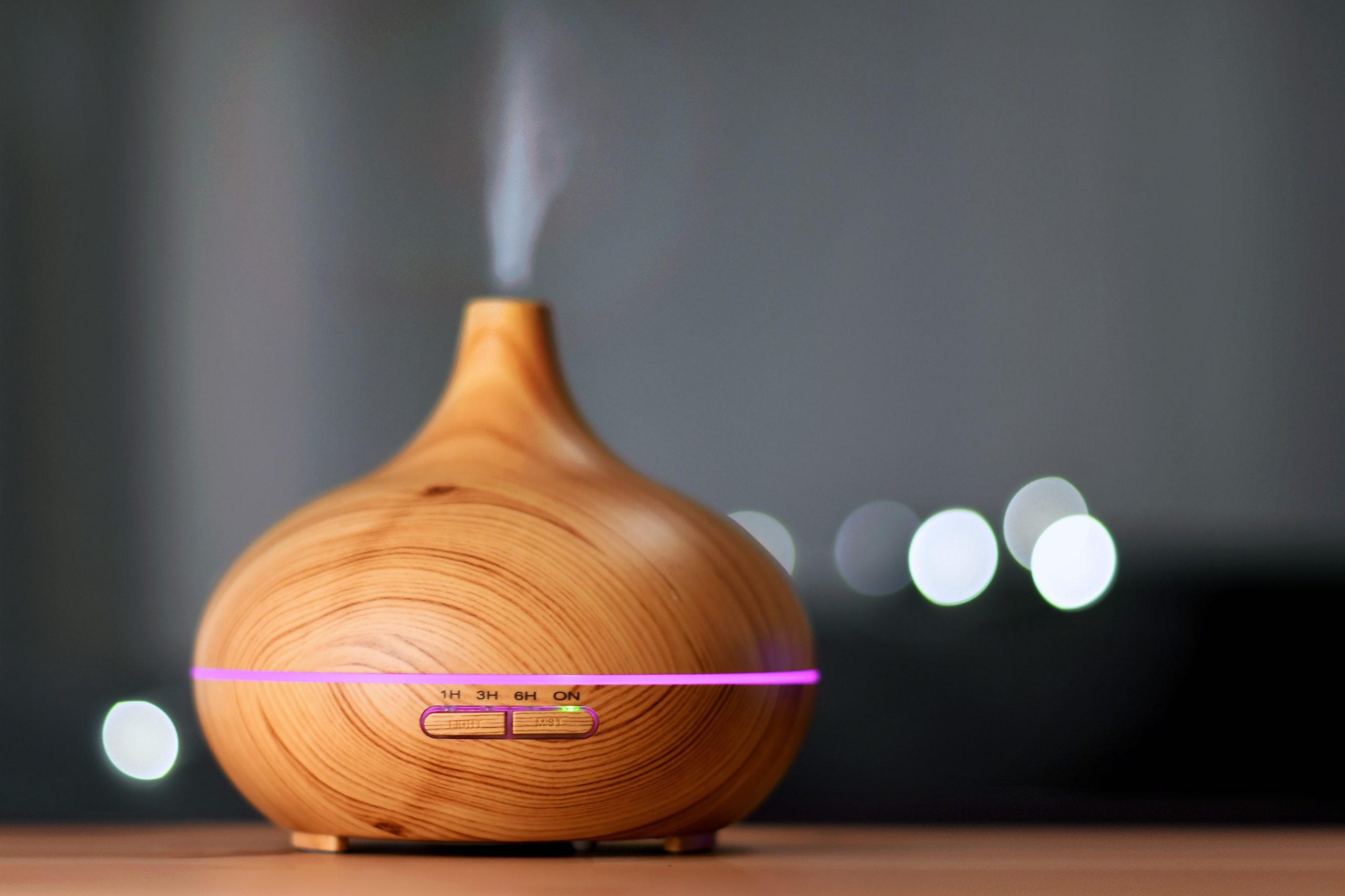
Aromatherapy
Essential oils are often used for aromatherapy, a form of alternative medicine in which healing effects are ascribed to aromatic compounds. Aromatherapy may be useful to induce relaxation, but there is not sufficient evidence that essential oils can effectively treat any condition.[3] Improper use of essential oils may cause harm including allergic reactions and skin irritation, and children may be particularly susceptible to the toxic effects of improper use.[4][5]
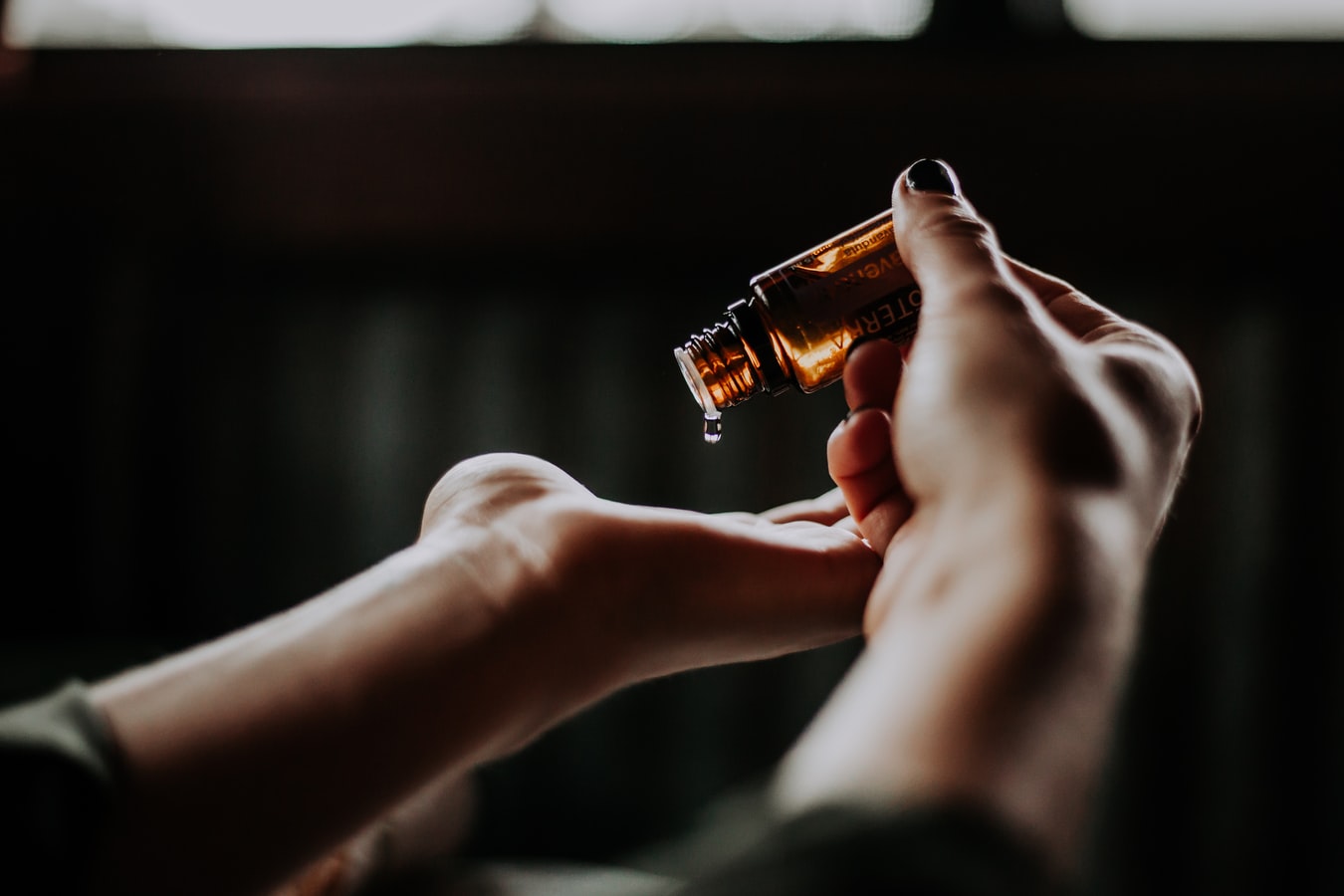
Topical Application
A small number of people may experience irritation or allergic reactions to certain essential oils. You’re more likely to have a bad reaction if you have atopic dermatitis or a history of reactions to topical products. Although you can experience a reaction to any essential oil, some are more likely to be problematic, including:
- Oregano oil
- Cinnamon bark oil
- Jasmine oil
- Lemongrass oil
- Ylang-ylang oil
- Chamomile oil
- Bergamot oil
Essential oils can also be absorbed by the skin. Because pure essential oils are potent, diluting them in a carrier oil is the best way to avoid a bad reaction when applying directly to the skin. If you get a red, itchy rash or hives after applying essential oils, see a doctor. You may be having an allergic reaction.
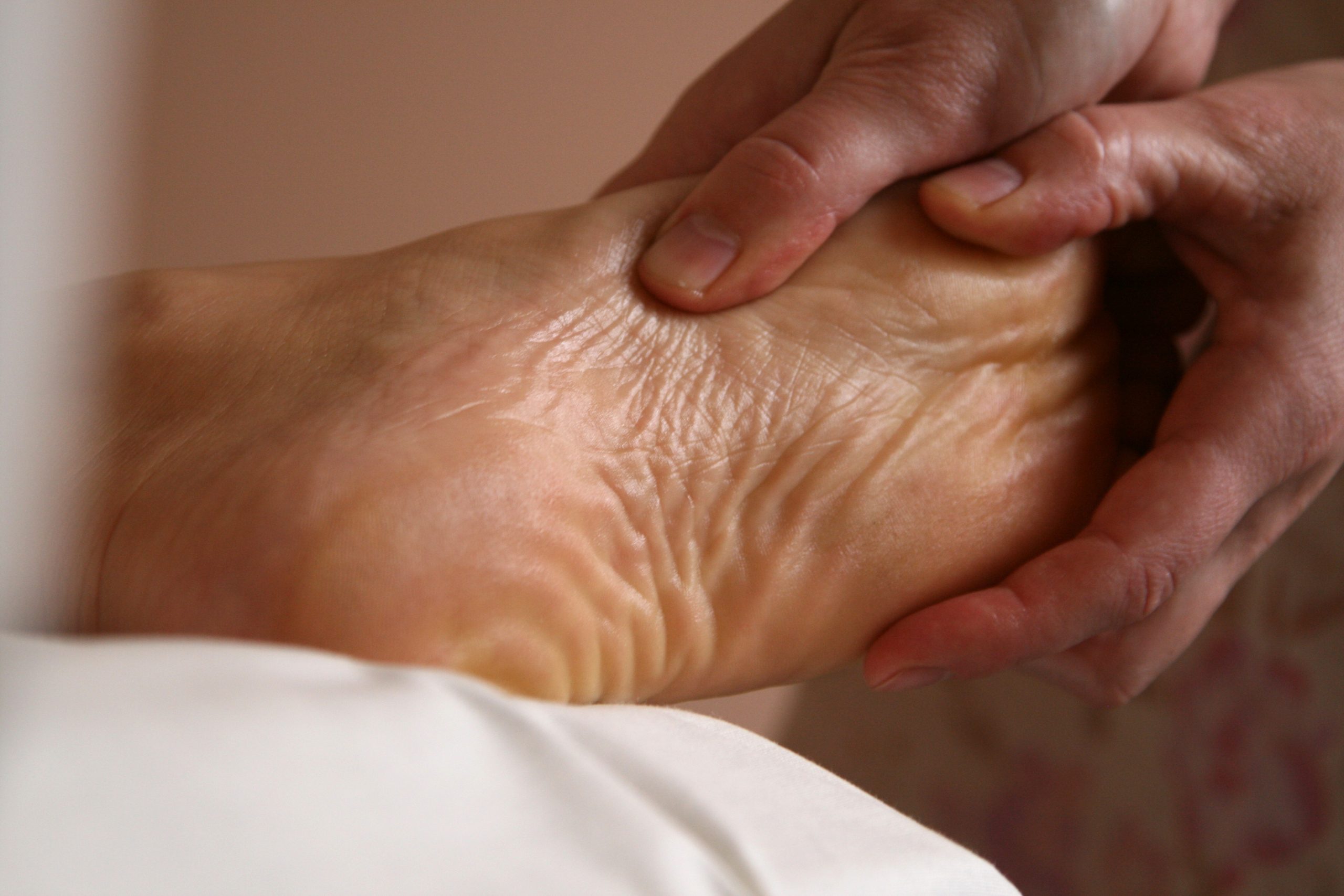
Reflexology
Evidence shows that the ancient Egyptians, Chinese, Japanese, Russians, and Indians all worked on the feet as a tool to encourage good health. Originally known as ‘reflex zone therapy’, Reflexology is a holistic healing method that involves pressure and massage of the reflex points found on the feet and/or the hands. Reflexology teaches that one’s vital energy circulates between the organs of the body, permeating every living cell and tissue. If the energy becomes blocked or congested the part of the body relating to the blockage is affected. These reflexes found on the soles of the feet or the palms of the hands reflect the health of the whole organism. Through stimulation of the circulatory and lymphatic systems, and by encouraging the release of toxins, Reflexology supports the entire body in healing itself.
What are the uses of Essential Oils?
Aromatherapy
Relaxation, meditation, prayer, mental health, etc.
Topically
For pain, ailments, rashes
Medicinally
Healing and preventative care of certain conditions.
Results of lab studies are promising — one at Johns Hopkins found that certain essential oils could kill a type of Lyme bacteria better than antibiotics — but results in human clinical trials are mixed.
(internal use is not recommended; however, some companies provide a medicinal, therapeutic grade that is certified as ingestible (good for human consumption). Use care when considering this and consult your physician.
Healing of medical conditions is NOT guaranteed.
- Mental Health – Anxiety, Depression, Mood Disorders, etc.
- PMS, Menopause, Low Libido, Prostate, etc.
- Reflexology
- Massage Therapy
- Household Cleaning
- Sanitizing / Disinfecting
- Cosmetically – Skin and Hair Care
- Repellents – Insects (including mosquitos, flies and bed-bugs); Rodents (including squirrels and rabbits); Snakes; Deer; etc.
